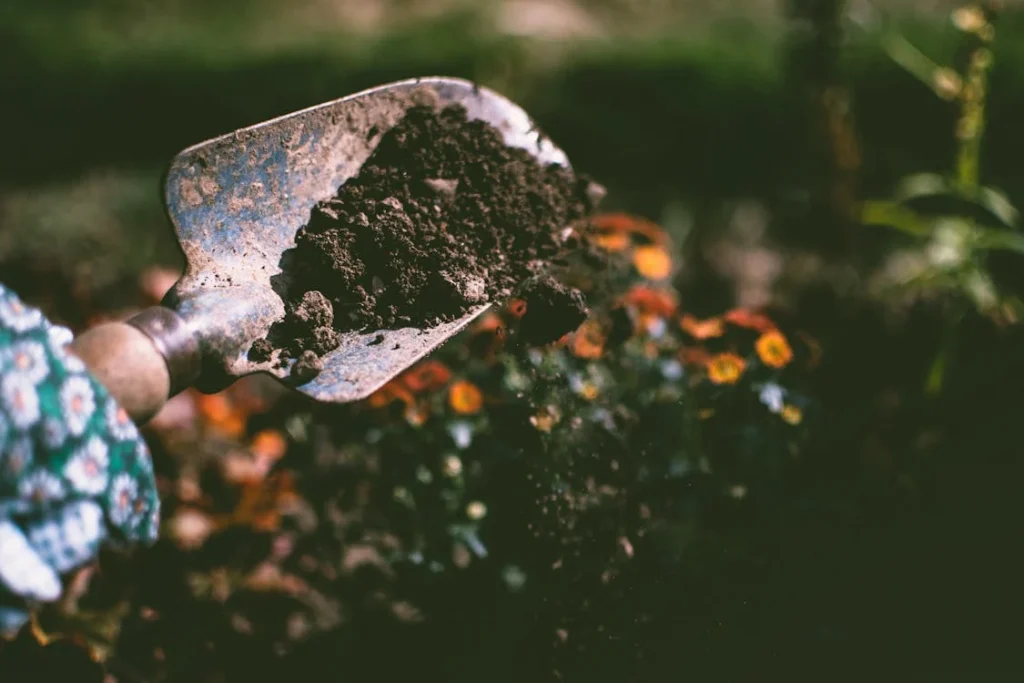- Proper plant spacing and support are crucial for air circulation and maximizing space in a large garden.
- Ongoing care, such as weeding, pruning, and timely harvesting, is essential for maintaining a successful large-scale garden.
- Adjust maintenance practices with the seasons and consider sustainability when planning for a more extensive garden.
- Experimentation and promoting a healthy ecosystem are essential aspects of creating a thriving large garden.
Home gardening has bloomed into a widespread hobby, with many enthusiasts eager to cultivate green spaces. For some, it’s about lowering the food bill; for others, it’s a therapeutic escape into nature. Whatever the motivation, the transition from a modest plot to a more expansive garden is an exciting prospect with its own challenges and rewards. If you’re considering growing your garden on a larger scale, here are essential strategies to ensure your gardening venture flourishes.
The Benefits of Expanding Your Garden
Before we dig into the practical advice, understanding why a more extensive garden might be worth your time and effort is worthwhile. An expanded garden offers the potential for significantly larger yields, transforming an abundant hobby into a considerable source of sustenance. With added space, gardeners can cultivate a more diverse range of plants, promoting biodiversity and potentially attracting beneficial wildlife.
There’s also the aesthetic appeal; a larger garden can become a breathtaking, evolving display of color and texture. Plus, for the environmentally-conscious, a well-planned garden is a haven for carbon sequestration and a source of fresh, pesticide-free produce, reducing your carbon footprint and contributing to local ecosystems positively.
Critical Strategies for Large-Scale Gardening Success
The key to successful large-scale gardening is careful planning and implementation. Here are essential tips to ensure your garden thrives:
Get the Right Plants
Large-scale gardening success starts with smart plant selection. Consider the local climate, soil type, and specific garden goals when choosing what to grow. Native plants and those adapted to your region’s conditions are more likely to thrive and require less maintenance.
For those who like to eat vegetables, choosing plants that produce a high yield and are easy to grow, like tomatoes, zucchini, and kale would be wiser. Thankfully, you can now buy bulk vegetable seeds perfect for large-scale gardening, saving you money and ensuring an abundant harvest. This is a practical investment for frequent and heavy consumers, offering cost savings and ensuring uniform growth and harvest.
Improve Soil Quality
The secret to a productive garden is in the soil. High-quality soil nourishes plants and helps them resist disease and pests. For larger gardens, consider soil testing to devise a fertility plan. Common soil improvement strategies include incorporating organic matter like compost or well-rotted manure, which boosts nutrient content and soil structure—regular applications of balanced organic fertilizer support heavy feeders commonly found in larger gardens.

Implement Efficient Watering Systems
Maintaining proper soil moisture across a broad expanse of the garden can be a logistical challenge. Focus on setting up efficient watering systems such as drip irrigation, which delivers water directly to the plant’s root zone, reducing water waste and weed growth. Investing in an automated watering system can also save time and ensure that plants receive consistent hydration, a critical element in healthy development.
Plan for Pest and Disease Management
With a larger garden, pests and diseases may spread more quickly. Implement a robust management plan that includes Integrated Pest Management (IPM) principles. Crop rotation—avoiding planting the same family of crops in the same spot year after year—discourages pests and promotes soil health. Encouraging natural predators, using companion planting, and deploying organic pesticides as a last resort can help maintain a balanced ecosystem.
Utilize Proper Plant Spacing and Support
Proper plant spacing is crucial for good air circulation, which helps prevent fungal diseases and encourages robust growth. Utilize plant supports, like trellises or stakes, to keep sprawling or vining plants off the ground. This practice maximizes space and facilitates easier care and harvesting in a larger garden.

Ongoing Care and Maintenance
Sustain success in your large-scale garden by staying on top of maintenance tasks. Weeding regularly prevents unwanted competition for water and nutrients, while pruning encourages healthy growth and abundant production. Timely harvesting ensures the best flavor and quality of your home-grown bounty and prepares the garden for the next cycle of planting. Remember to adjust your maintenance practices with the seasons, making necessary preparations for winter and changes in your local climate.
Final Thoughts
While a larger garden may require more time and effort, it also offers greater rewards in terms of variety, abundance, and self-sufficiency. By carefully planning, implementing proper management practices, and staying on top of maintenance tasks, you can create a flourishing large-scale garden that provides bountiful harvests year after year. Don’t be afraid to experiment and try new techniques, and always keep in mind the importance of sustainability and promoting a healthy ecosystem. Enjoy the journey of creating your own personal food oasis! Happy gardening!




